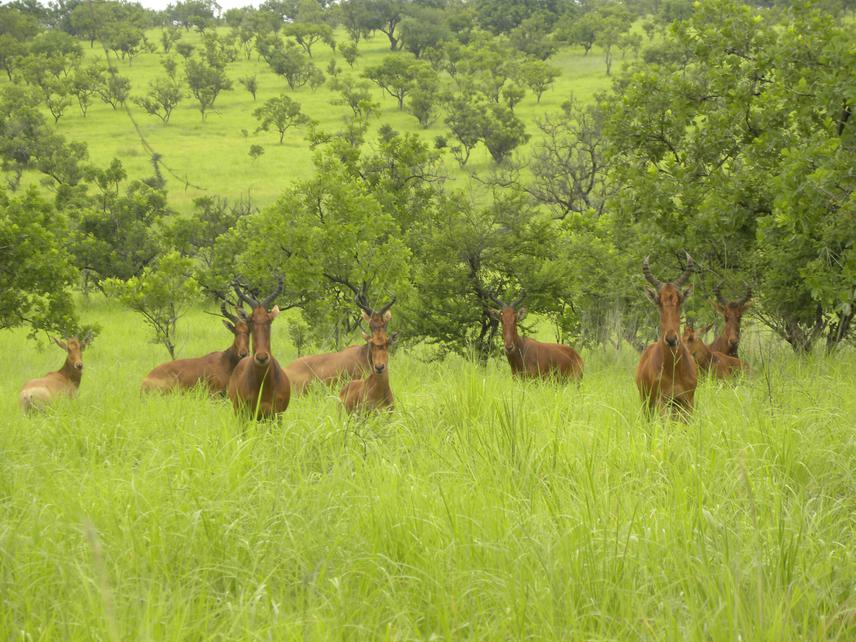Misganaw Tamrat Gessese
Other projects
7 Jul 2016
Conservation Status of Endangered Hartebeest (A. b. tora and A. b. lelwel) and Critically Endangered Black Rhinoceros in Ethiopia
Hartebeests (Alcelaphus busalaphus) are African antelopes that experienced a dramatic population decline during the last two decades. Two of the subspecies, A. b. buselaphus and A. b, nakurae are extinct. The proposed project aims to determine habitat use of the endangered Swayne's hartebeest and impacts of livestock grazing on its survival. Habitat use will be studied from focal observation. Density of livestock and habitat use overlap with Swayne's hartebeest will be studied from pellet count and transect counts. The data from this study will be useful for the conservation management of the last remaining two populations of Swayne's hartebeest.

Swayne’s hartebeest is an endemic and endangered antelope of Ethiopia restricted within two protected areas: Maze National Park (MNP) and Senkele Swayne’s Hartebeest Sanctuary (SSHS). Both habitats are lowland areas and semi-arid where the grass is very limited during the dry season. The Swayne’s hartebeests in SSHS are likely to be in particular threatened due to the scarcity of water. Livestock grazing intensity and spatial overlap with Swayne's is one of the most critical issues that determine the future survival of the species.
Much information is needed to guide the conservation efforts of the species, and there is urgent need to understand the behavioural ecology and conservation threats of the endangered hartebeest populations to design effective conservation management plan. The high livestock density at both localities might be of a serious threat for the species survival. The project will be conducted for a total of 12 months covering both wet and dry seasons through identified core habitats from both protected areas. Once the core habitat used by the Swayne's is identified, pellet counts will be carried out for estimating the abundance and overlap of Swayne's and livestock. Abundance estimate will also be carried out through transect count. In the already established transects lines, a random locations will be generated to establish a plot (4 x 5 m) where pellet counts will be carried out. Two groups of Swayne’s hartebeest will be identified for focal observation to study the habitat use and home range dynamics of the species at each locality. It is apparent that SSHS reaches little chance to support more population due to its small size, high-density livestock grazing, and water scarcity. Translocation of some of the individuals to a potentially suitable habitat may be needed. However, detailed knowledge on the species ecology and habitat quality is required.
This study will provide data on habitat use and home range of Swayne's hartebeest which will be useful to prioritize regions to be patrolled by scouts in both protected areas. It can also provide vital information for conservation managers and policy makers to save the hartebeest populations in the protected regions of Ethiopia where the imminent risk of extermination due to human settlement and livestock grazing is increasing.
Header: Swayne’s hartebeest in Maze National Park. © Misganaw Tamrat.